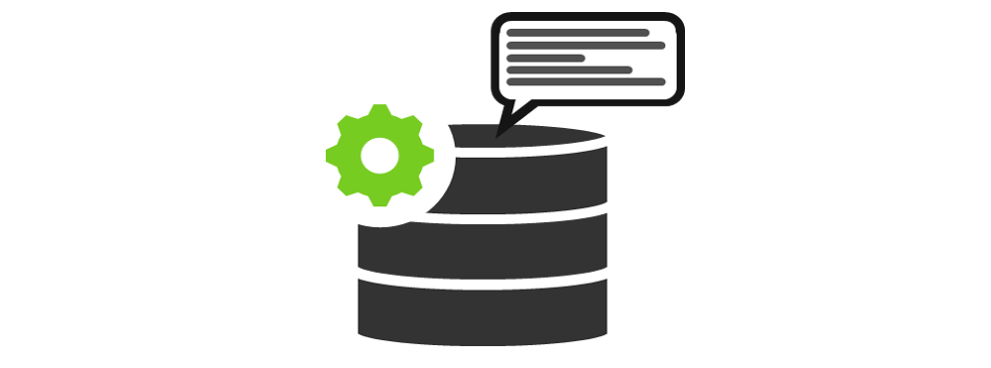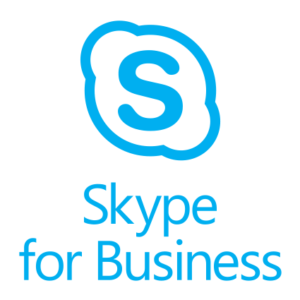Re-Introducing Persistent Chat with the MindLink Chat Engine
Following a blog post we published last year: “The Future of Persistent Chat in 2019 and beyond (read here), we have dedicated our time to develop...
4 min read
Will Konings : Sep 23, 2020 2:45:00 PM

In this blog, I will be discussing how global enterprises have shifted their methods of inter-organizational collaboration from the more traditional face to face meetings to virtual meeting solutions. A move prompted by the wave of digital transformation and since catalyzed by the global pandemic. Where many organizations have widely adopted teleconferencing, there is an abundance of unrealized value in using chat, and in particular Persistent Chat. With the strides MindLink Software is making in its new Persistent Chat platform, MindLink Chat Engine (MCE), there is still room to tap into the new potential for productivity and efficient communication.
In what seems like a long time ago, perhaps even a foregone era, face to face meetings were the standard when it comes to two or more organizations collaborating. Although COVID-19 has added a whole new range of challenges for inter-organizational collaboration, the existing, pre-corona challenges remain.
Before the world went into lockdown, we were faced with meetings, meetings and more meetings not all of which are equally necessary and likely even becoming redundant (the same could be said for those lengthy email chains). Issues ranging from availability and scheduling conflicts sometimes make meetings difficult to organize, with a boatload of emails going around to make sure everyone required to be there can make it.
To credit organizations that have upped their digital transformation game, some of these meetings have already been replaced by conference call software to save time, and in some cases, mounting travel expenses.
Flash forward to where we are now, collaborating amid a global pandemic, and we’re seeing more and more face to face meetings being replaced by conference calls using the abundance of teleconferencing tools available to the enterprise. Oddly enough, now that the enterprise world appears to have adapted to hosting and participating in meetings virtually, it seems unlikely that everyone will flock back to their old ways in working with their counterparts outside of their organizations (granted that it may come to an as welcome surprise to be able to leave the ‘working from home office’ for a change of scenery at first).
Before we skip ahead to what may or may not happen post-pandemic, I want to draw focus on another important collaboration tool: Chat. Where chat itself isn’t new, and perhaps not as flashy as video conferencing with virtual backgrounds, it’s still one of the most efficient communication and collaboration solutions available.
Enterprise chat solutions have existed for at least over a decade, looking back at the early days of Microsoft Office Communication Server 2008, and have since evolved into the likes of Microsoft Teams, Slack and of course, the MindLink Chat Engine. These software solutions provide powerful new features and far superior user experience to their predecessors.
Despite the evolution of chat, one thing that has remained unchanged in enterprise chat today is the persisting nature of conversations and team discussions, and for good reason. Persistent Chat allows users to revisit important information on the fly by quickly tabbing into one of many topic-based chatrooms. This has a distinct advantage over video conferencing as users can quickly locate the information they’re looking for. Now one might argue that video conferences can be recorded, but let’s be honest, how many people actually re-watch their meetings and how easy is it really to find that specific 30-second window when someone said that important thing you need to hear.
To tie this into how the enterprise approaches inter-organizational collaboration using chat, typically every organization has its platform, and, in some cases, their platforms are not identical to their peers outside of the organization. So how do they work together using chat? For organizations on identical platforms and those familiar with the federation, the answer is obvious, simply look up the contact on their platform and type away. But what happens if collaboration goes beyond a one to one conversation and requires multiple participants on either side? For federated organizations, again the answer is in the question itself – host a multiparty conversation.
The difficulty arises when organizations aren’t using identical systems and need to rely on third-party tools to facilitate any form of collaboration. Using third-party tools brings new concerns to the table namely, security and compliance. Concerns and questions like who has access to the data? Where is it being stored? Are third parties able to view conversations? And how do we know who is participating in the chatroom? Understandably, organizations should be concerned. As we’ve seen during the pandemic, meeting IDs can be leaked, and non-authorized users were able to join without any verification of who they are ever taking place. So how can users from different organizations leverage chat, and its benefits, while appeasing the concerns of compliance, network and security teams of their respective organizations?
Introducing the MindLink Chat Engine for a first-class multi-tenant chat experience. The MindLink Chat Engine takes an open and standardized approach to federation with support for external guest user access.
By leveraging a built-in ethical wall and an externalized identity and authentication model, the MindLink Chat Engine allows for unprecedented, granular access controls. These controls not only determine who is allowed onto the system, but also which users can talk to each other and even which users are visible to each other on the system.
Using immutable event streams, the system effectively maintains a ledger of all interactions that happened on the system. This ledger can be used to verify the integrity of the system in real-time for analytics and compliance and can shared between federated organizations. In practical terms when a message is sent across federation boundaries it's signed by the source organization and then stored in the destination organization ledger. In doing this, both organizations would then have evidence in their respective ledgers of the message and the source organization cannot deny it came from them since it's signed by their organization identity.
So, there you have it, Persistent Chat is more relevant than ever before and still is one of the most effective collaboration tools available today. Coupled with deeply integrated security and compliance controls, the enterprise can rest assured that strangers won’t be walking into their discussions.
To find out more about the MindLink Chat Engine, please check out this page or reach out to us directly.

Following a blog post we published last year: “The Future of Persistent Chat in 2019 and beyond (read here), we have dedicated our time to develop...

Following our previous post regarding the state of Persistent Chat in the context of Skype for Business, we are pleased to bring you our latest post...

This Monday Microsoft has announced the GA release of Skype for Business Server 2019. The latest release of Skype for Business Server introduces the...